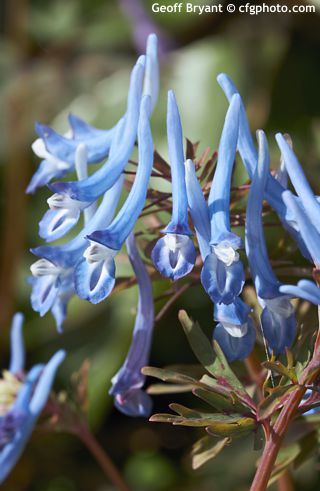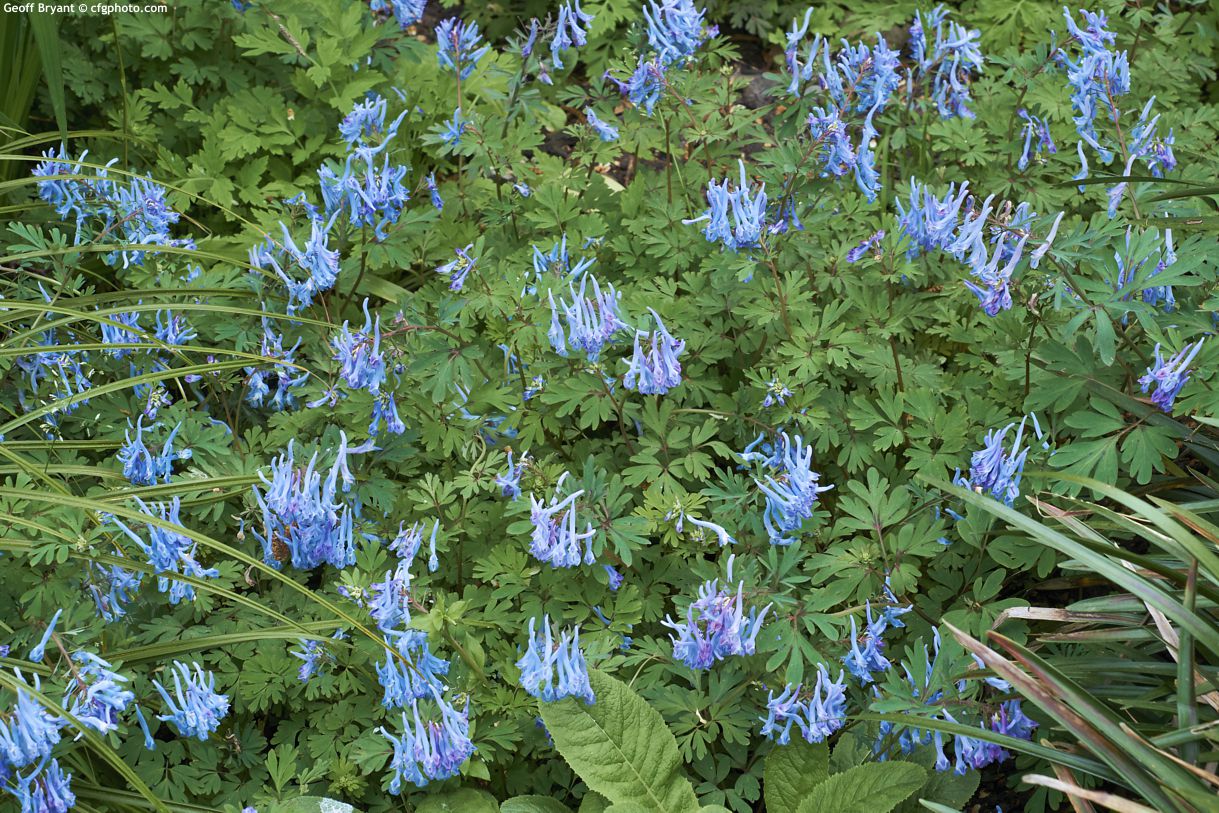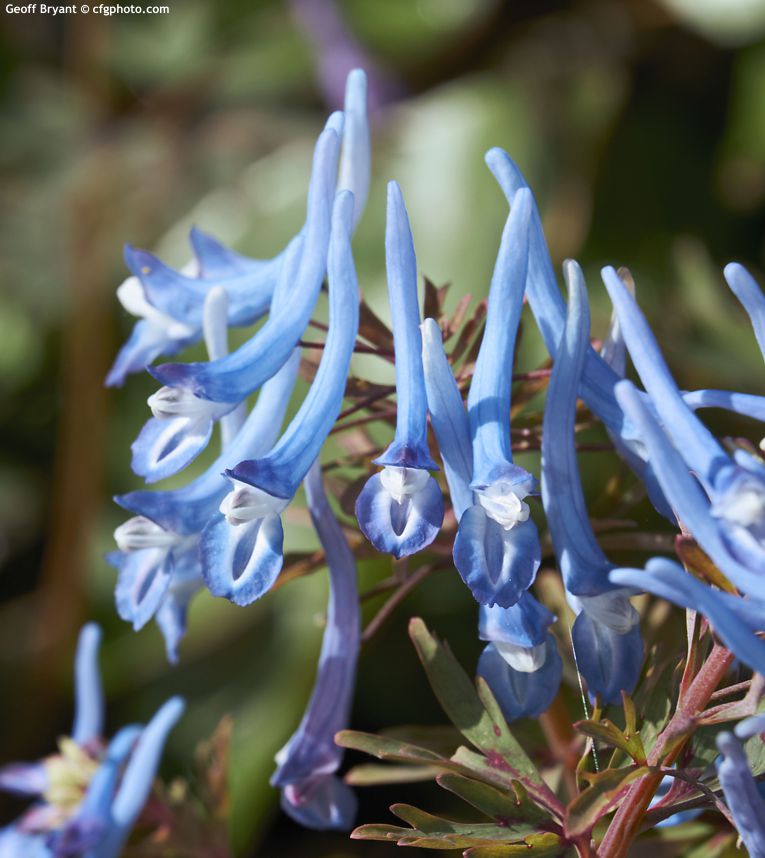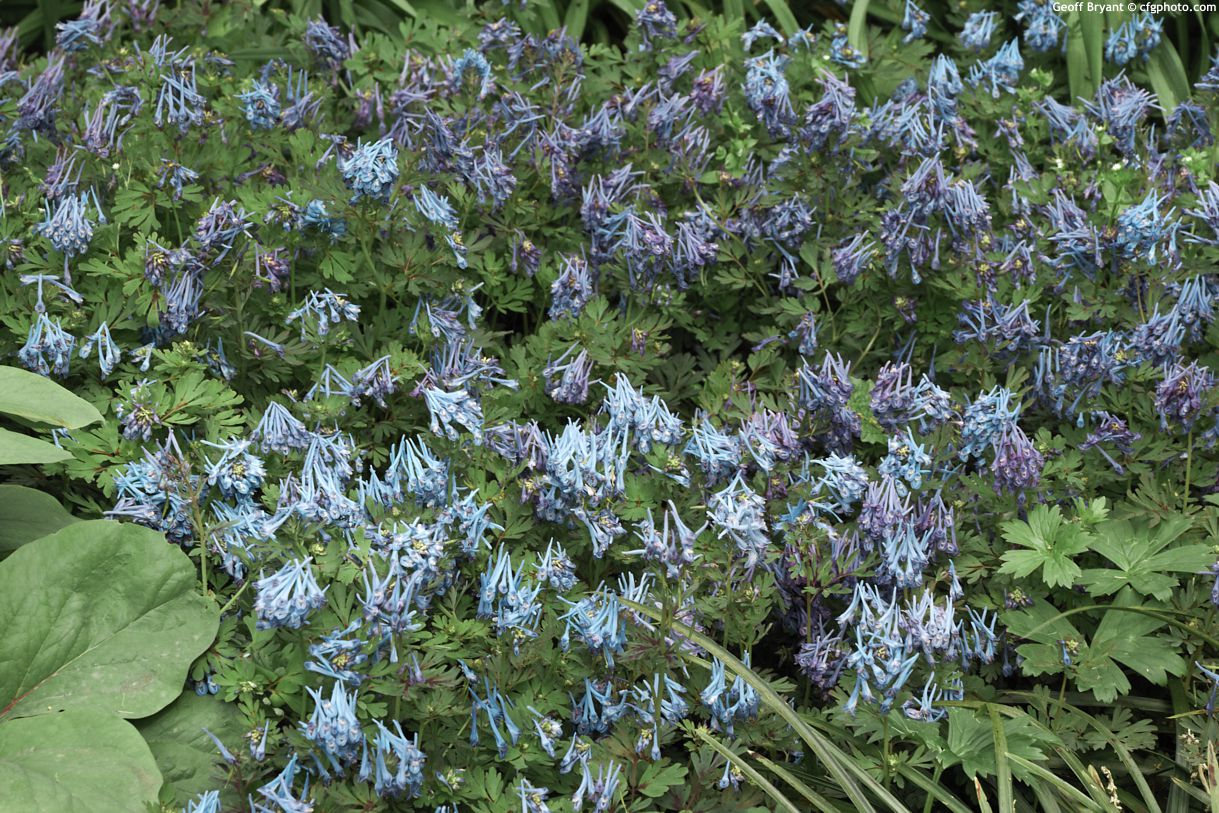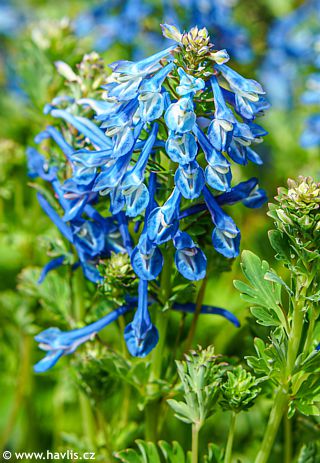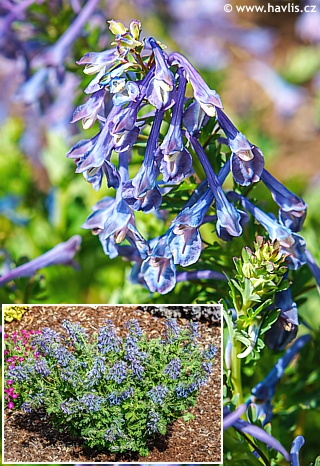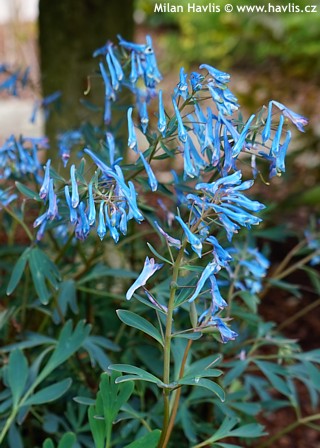Corydalis flexuosa blue corydalis
Perhaps no other colour attracts so much attention like blue. Reason being that blue pigment used to be rare and expensive, and in some cultures the wealth of a family would be assessed by the number of blue ornaments and objects in the house. Its natural sources were indigo (plant) and various minerals, especially lapis azuli. Cobalt salt was another one and the method to achieve it was known already to ancient Romans and Egyptians, yet its real fame came from old China when during the reign of the Tang Dynasty (7th - 10th century) cobalt blue was frequently used on several types of wares, especially their true transparent porcelain which still today is a sought-after collectible. When it comes to plants, we all know that true blue flowers are in minority, so we are thankful for each of them which shows some blue tint. Such as corydalis whose flowers come in several shades ranging from sky blue, brilliant blue, to cobalt blue.
Blue corydalis is a beautiful and still quite rare perennial producing unique, narrowly tubular, sky-blue flowers with a bit of cobalt blue hue. They are borne in erect or partly arching racemes atop 20-30 cm tall slender stems. Flowering begins in May and continues for about two months. Then the plant rests for a while and in summer re-blooms with a few flowers until early autumn. Ternate leaves are deeply dissected, bright green, and add a fresh feeling to a semi-shaded border. The plant may get dormant in too hot and dry summers.
Corydalis is a perennial from the forests of China. It likes partly shaded or shaded but not too dark locations. It will cope with partial or filtered sun if the ground is kept evenly moist and the plant is protected during the hottest hours of the day. The soil should be fertile, preferably evenly moist but perfectly draining as the roots might rot in wet ground. Hardy to about -29 °C (USDA zone 5).
Last update: 22-05-2022

































